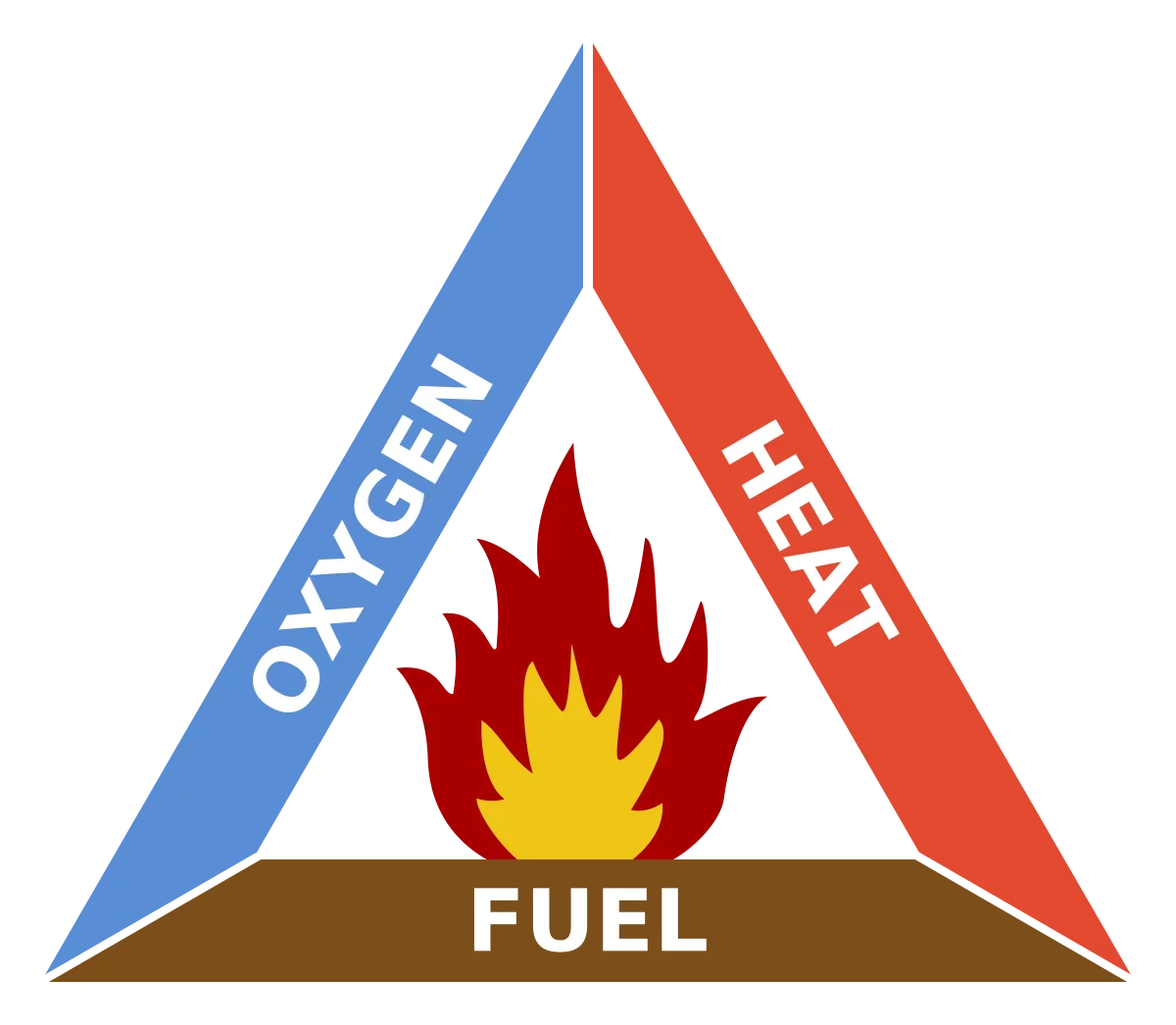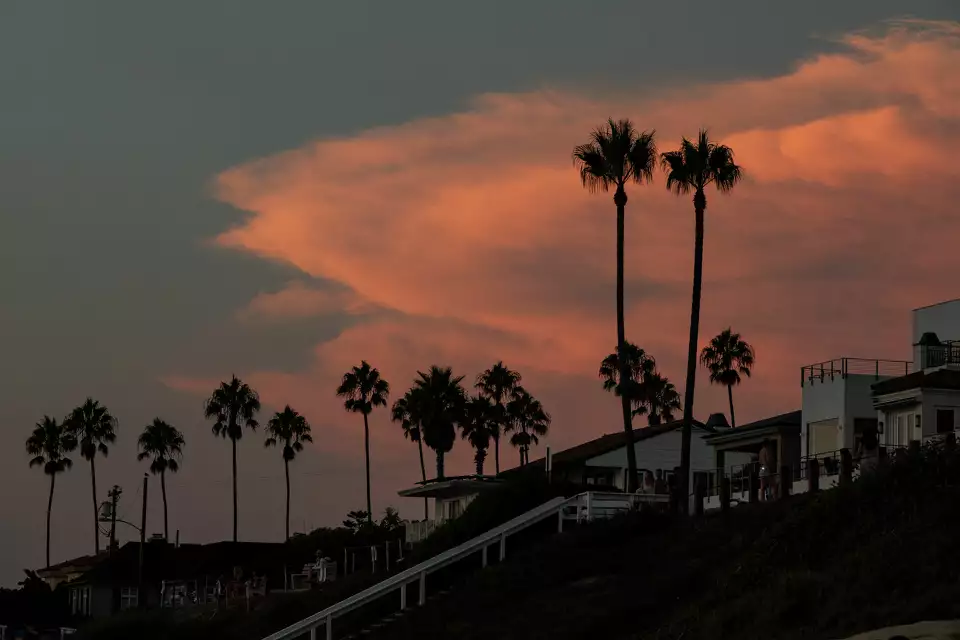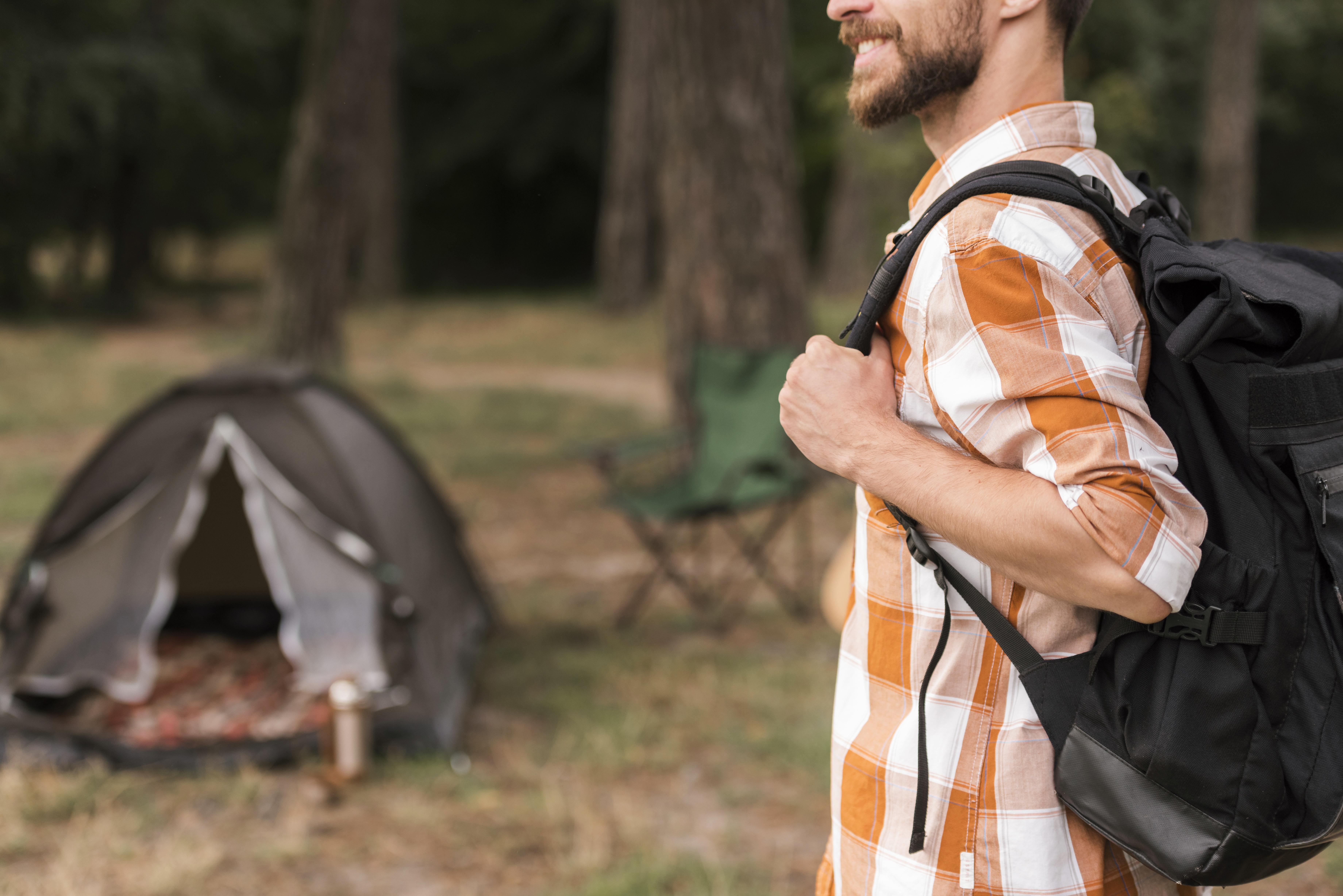How Wildfires Can Be Prevented: Essential Safety Tips for Campers and Hikers
Wildfires are among the most destructive forces of nature. Entire forests, communities, and ecosystems can be reduced to ash in a matter of hours. While lightning strikes and other natural events spark some wildfires, studies reveal that most are directly linked to human activities. The encouraging part is that these fires are preventable if people take proper precautions.
For outdoor enthusiasts, campers, and hikers, especially, the responsibility is even greater. By learning how wildfires can be prevented, individuals can protect themselves, preserve nature, and stop a small mistake from turning into a large-scale disaster.
📑 Table of Contents:
- Introduction: Why Prevention Matters
- Understanding the Causes of Wildfires
- How Campers and Hikers Can Reduce Risks
- Practical Fire Safety Tips in the Outdoors
- Main Content: Key Questions Answered
- The Role of Weather and Climate
- Long-Term Strategies for Preventing Wildfires
- Final Thoughts and Call to Action
1. Introduction: Why Prevention Matters
Wildfires consume millions of acres of land every year. Beyond destroying homes and displacing families, they devastate wildlife habitats, pollute air quality, and leave long-lasting scars on the environment.
The majority of these fires are caused by human activity, not by natural causes. That means humans also hold the key to prevention. Every outdoor fire left unattended, every cigarette flicked out of a car window, and every spark from a piece of equipment adds to the risk.
If you love camping and hiking, knowing how wildfires can be prevented is not optional; it’s part of responsible outdoor living. Prevention is not just about following rules; it’s about respect for life, nature, and future generations.
2. Understanding the Causes of Wildfires

- Lightning: Responsible for a smaller percentage of wildfires, but still dangerous in storm-prone areas.
- Volcanic activity: Lava flows can ignite forests, though this is rare.
- Unattended campfires: Even small embers can reignite in dry weather.
- Discarded cigarettes: A lit cigarette can smolder unnoticed until it ignites dry vegetation.
- Debris burning: Trash or yard waste fires that escape control.
- Fireworks: Recreational explosions are a common trigger for wildfires during holidays.
- Vehicles and equipment: Cars parked on dry grass or machinery without spark arrestors can ignite fires.
3. How Campers and Hikers Can Reduce Risks
Campers and hikers play a significant role in wildfire prevention. Every choice they make, from where they pitch a tent to how they put out a fire, can reduce risks.
For Campers:
- Choose established campsites with fire rings.
- Never leave cooking fires or campfires unattended.
- Keep your fire small and controlled.
- Store matches and lighters safely out of children’s reach.
- Stay on marked trails to avoid disturbing dry brush.
- Avoid smoking on trails; if you do smoke, carry a portable ash can.
- Stay alert for smoke and report it to park rangers immediately.
4. Practical Fire Safety Tips in the Outdoors
Fire safety in the wilderness is more than just a guideline; it’s the line between enjoying a safe outdoor adventure and contributing to a disaster that could harm people, wildlife, and entire communities. Many wildfires start from seemingly small mistakes: a campfire not properly extinguished, a vehicle parked on tall grass, or a hiker tossing away a cigarette butt. The following tips break down not only what to do but also why it matters.
1. Check Fire Danger Ratings

- Why it matters: Fire danger ratings are based on scientific data, including temperature, humidity, wind speed, and the dryness of vegetation. If the rating is high or extreme, even a tiny spark can escalate into a fast-moving blaze.
- Example: During a “Very High” rating, a campfire that might typically be safe could spread embers into nearby brush, igniting a fire within minutes.
By respecting these ratings, outdoor adventurers directly contribute to wildfire prevention.
2. Use Designated Fire Areas
Never dig new pits or build fires outside of approved zones. Most campsites provide fire rings, grills, or cleared spaces specifically designed to contain flames.
- Why it matters: Designated areas are carefully selected to minimize risk, usually cleared of vegetation and away from overhanging branches. They are also easier for rangers to monitor and maintain.
- Tip: If there is no official fire ring, create a safe alternative by digging a shallow pit and circling it with rocks, but only if fires are permitted.
3. Keep Fires Small
The romantic idea of a roaring bonfire may look appealing, but in reality, smaller is always safer. Flames should never rise above knee-height.
- Why it matters: Large fires are harder to control, throw more sparks, and require more resources (water, dirt, or sand) to extinguish. Smaller fires are easier to manage and still provide enough heat for cooking or warmth.
- Case in point: Many wildfire investigations trace their origin back to “recreational fires” that were too large to be safely contained.
4. Prepare to Extinguish
One of the most overlooked aspects of campfire safety is having the necessary tools ready before the fire is even lit.
- Essentials:
- A bucket of water or a canteen filled with enough to douse the flames.
- A shovel for stirring and smothering embers.
- A small pile of dirt or sand as a backup extinguisher.
- Why it matters: Fires can change quickly, and an unexpected gust of wind can scatter sparks in seconds. If you don’t have water or dirt on hand, you may not be able to react quickly enough.
Think of it this way: if you aren’t ready to put the fire out the moment it starts, you shouldn’t be starting it at all.
5. Extinguish Properly
The most critical step in fire safety is ensuring the fire is completely extinguished before leaving. Many campers mistakenly assume that if flames are gone, the fire is safe. This is false: hot embers buried under ash can reignite hours later.
The “Drown, Stir, Repeat” Method:
- Drown: Pour water generously over the fire until hissing stops.
- Stir: Use a stick or shovel to mix the ashes, ensuring that any hidden embers are exposed.
- Repeat: Add more water or dirt, stir again, and test with your hand (hover, don’t touch) to ensure no heat remains.
- Why it matters: Most human-caused wildfires start with improperly extinguished fires. Taking an extra five minutes to do this right could prevent acres of destruction.
5. Main Content: Key Questions Answered
The top human causes include:
- Campfires left smoldering.
- Cigarettes thrown from cars or trails.
- Fireworks during dry summer holidays.
- Power tools or machinery are throwing sparks.
Each of these can be prevented with mindfulness. For example, soaking a campfire before leaving takes less than five minutes but can stop a devastating blaze.
5.2 How can campfires be managed safely?
- Select a flat, open spot, away from trees and brush.
- Clear a 10-foot diameter around the fire site.
- Never use gasoline or flammable liquids to start a fire.
- Supervise children and pets near flames.
- Before sleeping or leaving, thoroughly extinguish the fire.
Think of your fire like a loaded weapon; it must constantly be monitored until fully “disarmed.”
5.3 What role do hikers play in wildfire prevention?
Hikers are often the first to notice wildfires starting. Their prevention role includes:
- Avoiding flammable behaviors (smoking, fireworks, open flames).
- Staying alert to surroundings, smoke, or unusual heat may signal a fire.
- Report suspected fires promptly by calling 911 or contacting local park authorities.
- Carrying compact fire safety gear, such as a whistle and a map with exit routes.
Hikers act as both preventers and first detectors, making their vigilance critical.
5.4 How can wildfire risks be reduced in high-risk seasons?
Summer and fall are the most dangerous times for wildfires due to dry conditions. Prevention during these seasons means:
- Abiding by fire bans without exception.
- Substituting lanterns or battery lights for campfires.
- Avoid driving or parking in areas with grass.
- Limiting activities that could cause sparks, like welding or grinding.
High-risk seasons demand heightened responsibility from every outdoor adventurer.
5.5 What emergency steps should be taken if a wildfire starts nearby?
If you see flames or smoke nearby:
- Don’t panic, but act quickly.
- Evacuate downhill if possible. Fires move uphill rapidly.
- Stay away from canyons and gullies, where fires funnel and intensify.
- Protect your lungs by covering your nose and mouth with a cloth.
- Call for help as soon as you are safe and able to do so.
6. The Role of Weather and Climate

Weather Conditions That Increase Wildfire Risks
- Droughts and Dry Spells
- When there is little rainfall for extended periods, grasses, leaves, and branches dry out, becoming highly flammable.
- Even living plants can be converted into fuel if soil moisture levels drop low enough.
- Example: California’s prolonged droughts have transformed entire forests into tinder, resulting in some of the most destructive wildfires in U.S. history.
- High Winds
- Wind acts as a fire’s oxygen source and fuel delivery system. It can carry embers miles away, starting new “spot fires.”
- Strong gusts also fan flames, causing fires to spread faster than firefighters can respond.
- For campers, this means a safe fire one minute can become dangerous the next if winds suddenly shift.
- Heat Waves
- Extreme heat dries vegetation more quickly and increases the risk of spontaneous ignition.
- Combined with low humidity, heat waves make outdoor fires almost impossible to control.
- Example: During Europe’s record-breaking 2022 heat wave, wildfires spread across France, Spain, and Portugal at unprecedented rates.
- Lightning Storms
- Although human activity is a primary cause of wildfires, lightning remains a natural factor contributing to their occurrence.
- Dry lightning, which occurs without rain, poses the most significant risk. It can strike dry forests and start fires that smolder for days before spreading.
The Growing Impact of Climate Change
Wildfire seasons are no longer limited to a few summer months. Climate change has altered global weather patterns, making fire risks more severe and more frequent.
- Longer Fire Seasons: Warmer average temperatures mean snow melts earlier in spring, leaving landscapes dry for more extended periods.
- Increased Drought Frequency: Areas that once experienced regular rainfall now face more extended periods of dryness, creating ideal fire conditions.
- Hotter Summers: Each degree increase in average temperature translates to greater wildfire risks.
- Stronger Winds: Changing climate patterns influence jet streams and storm systems, leading to increased wind-driven fire events.
According to climate scientists, many regions of North America, Australia, and Southern Europe are experiencing “megafires” that are so intense they create their own weather systems. These catastrophic events underscore the importance of prevention on every level, from the individual to the government.
What Campers and Hikers Should Do
Because outdoor adventurers are often closest to potential ignition points, they must adjust their habits to suit the weather and climate conditions. Here’s how:
- Always Check Forecasts Before Trips
- Look beyond just temperature, pay attention to humidity, wind speed, and drought advisories.
- Use apps or local ranger updates to stay informed.
- Postpone Outings During Red Flag Warnings
- Red Flag Warnings are official alerts issued by the National Weather Service when critical fire conditions exist.
- If one is in effect, it’s safest to cancel or reschedule camping and hiking trips.
- Understand Spark Sensitivity During Droughts
- In drought-stricken regions, even seemingly harmless activities, such as using a portable stove or driving an ATV, can spark wildfires.
- Avoid open flames altogether and be cautious with equipment.
- Adapt to Seasonal Changes
- Recognize that wildfire seasons are getting longer.
- Areas that once had “low fire danger” in early spring may now face higher risks due to climate change.
- Plan Escape Routes With Climate in Mind
- If winds are high, be aware of which directions could exacerbate fire spread.
- Always have two exit strategies in mind for campsites and hiking trails.
Why This Matters for Prevention
Wildfires don’t happen in isolation; they’re the result of both human activity and environmental conditions. By factoring in weather and climate risks, campers and hikers gain the knowledge necessary to make more informed choices outdoors.
- Lighting a campfire in damp, calm conditions might be safe.
- Lighting that same fire during drought and wind could lead to disaster.
7. Long-Term Strategies for Preventing Wildfires
Prevention isn’t just about individual choices; it requires long-term strategies:
- Education Programs: Schools, communities, and park services teach fire safety to promote awareness and prevent fires.
- Forest Management: Controlled burns to clear excess fuel.
- Fire-Resistant Infrastructure: Safer campsites, firebreaks, and ranger patrols.
- Policy and Enforcement: Stronger regulations against fireworks, illegal burns, or negligent behavior.
8. Final Thoughts and Call to Action

At Eaton Fire, we are committed to raising awareness and supporting those affected by wildfires.
🔥 Take action today:
- Practice safe outdoor habits.
- Share fire prevention tips with your community.
- Support wildfire recovery and prevention programs.

